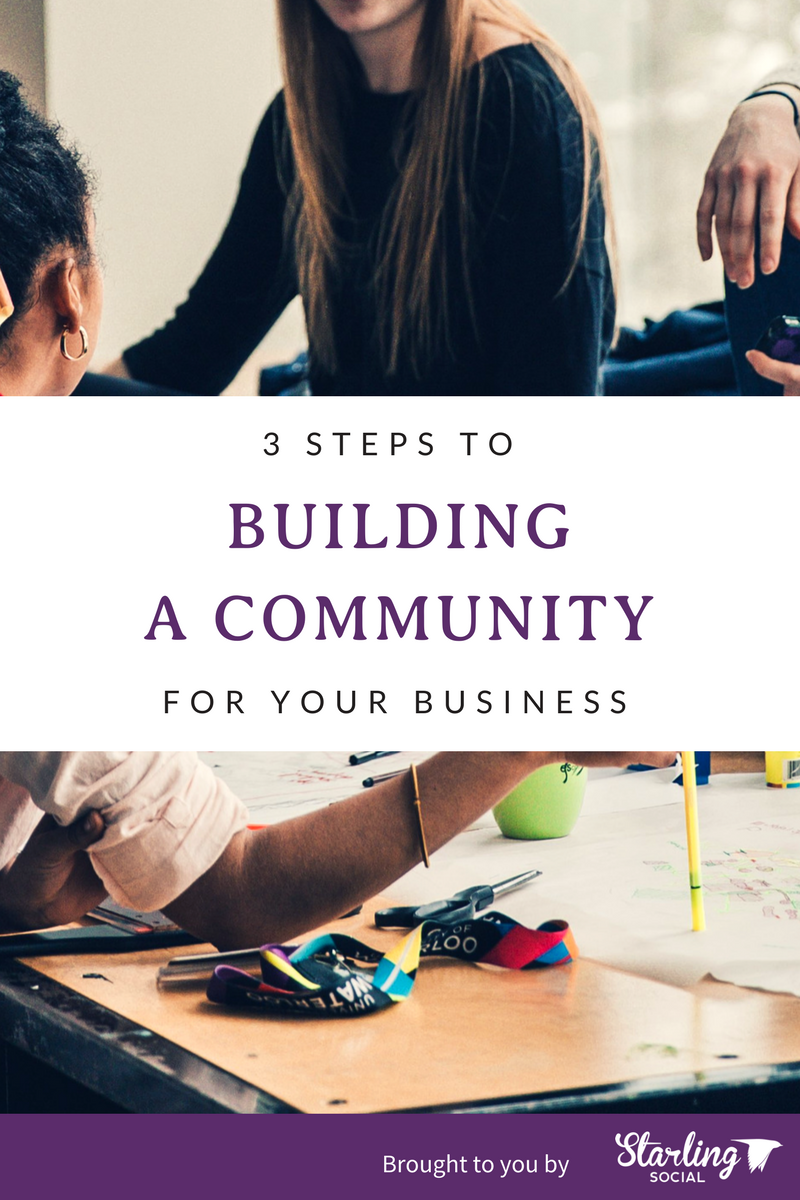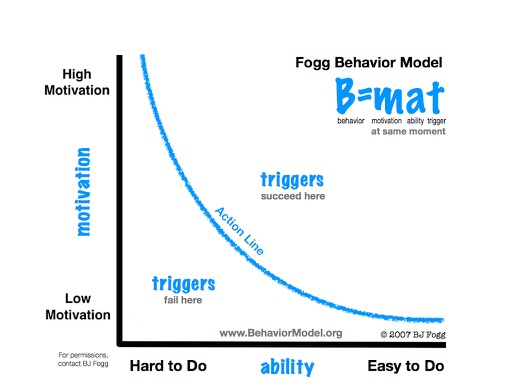3 Steps to Building a Community for Your Business
- by Alyson Shane
How businesses communicate their values to their customers has changed dramatically in the last few years. With the emergence of social media and networking sites, businesses have pivoted from relying solely on one-off marketing campaigns, to a long-term content marketing strategy which builds communities of engaged, interested customers who are loyal to their brand and eager to try their new products and services.
Let's face it: building a community can be a challenge. However, research has shown that customers in communities spend 19% more than customers who aren't, which means spending that time developing a community could seriously impact your business' bottom line.
With this in mind, forward-thinking brands should be considering how they can leverage existing social networks in order to talk to (and hear from) their customers and target audience.
The key element to building a community is participation. Social media managers tasked with managing a brand's community need to be just as devoted to their own followers if they expect anything in return. Respect, as they say, is a two way street.

Use the B=MAT Model to Drive Engagement
The idea of building a community, enticing new members, retaining existing ones, and creating and sharing content that engages and produces qualified leads for your business can be daunting when you look at all the details involved, so we recommend starting at the beginning:
When it comes to creating environments that motivate people to take the action you want, we like BJ Fogg's Behavior Model, which breaks actions down into three categories: Motivation, Ability, and Trigger. When a behavior doesn't take place, one of these three elements is missing from the equation.

Image via behaviormodel.com
We can also break these elements down into questions that we can refer to while building our communities:
- Are community members motivated to participate?
- Do they have the means to participate?
- Is there a trigger that encourages participation?
Keep these questions in your mind while designing, managing, and creating content for your community in order to make sure that you're always keeping your members in mind and providing them with opportunities to connect with your brand.
Plan, Build, Grow: A How-To
Building a community is much more than just creating a page and clicking 'Invite'; it takes planning, preparation, and work to build a successful community that speaks to your brand values and encourages two-way communication with your members.
Here are three steps to get you started:
1. Plan
Start out by planning your community. Ask yourself: what value will our community bring to our business and our members? How can we design something that motivates members to contribute and come back for more?
If you're not sure how to get started, ask around. Speak to people in your Sales department, refer to your Buyer Profiles, and speak with Customer Service to determine the questions customers ask the most, their likes, dislikes, and challenges, and how your community can grow into a place that not only helps members feel good about engaging, but encourages them to come back for more.
2. Build
Start small - don't try to be too ambitious from the get-go or you may let yourself (and whoever you report to) down. The best, most successful communities are the ones that start small and build organically thanks to ongoing member engagement and successful "triggers" from you. The most effective way to do this is to invite members slowly, over time, to avoid a huge influx at the start and avoid "empty bar syndrome" which occurs when your community looks empty, and as a result members disengage because they don't want to be the only ones participating.
By starting small and building up you can show your community members how to engage with your content and each other. This creates a positive and active community that members will want to return to over and over.
3. Grow
You've done your research, consulted with key stakeholders, and have created a game plan to build and your community organically and in a way that promotes engagement and activity within your member base. Now it's time to think about growing your community so that it can continue to grow and meet the needs of your members and generate confidence in your brand.
Some ways you can organically grow your community include:
Connecting to existing events and brand initiatives
Link to your community on your website's home page; promote an upcoming company or industry-related conference; post about community initiatives, sports teams, or other local events your brand participates in or supports.
Use your community to showcase who your brand is, not just what they sell or provide to their customers. By showcasing multiple facets of your organization you can appeal to a wider member base who will start to visit your community regularly, and may even invite others to do so as well.
Identify Community Champions
Your Social Media Manager shouldn't be the only one welcoming, encouraging, and interacting with new community members. While these tasks are important, the key to long-term community success is to find "advocates" for your brand who are actively engaged with your community, and who
One of the best ways to do this is to have a few employees, stakeholders, or parters involved in your community who are invested in seeing the community succeed. These individuals should be tasked with Liking, Commenting, and engaging in conversations with community members; this way members are engaging with more people than just your brand.
Next up: It's Time to Engage!
Stay tuned for our next post on building a community around your brand, and make sure to sign up for our newsletter to get your copy of our free ebook Get Social! Content Marketing for You & Your Brand, which is full of questionnaires and worksheets to get you started with building your community.

